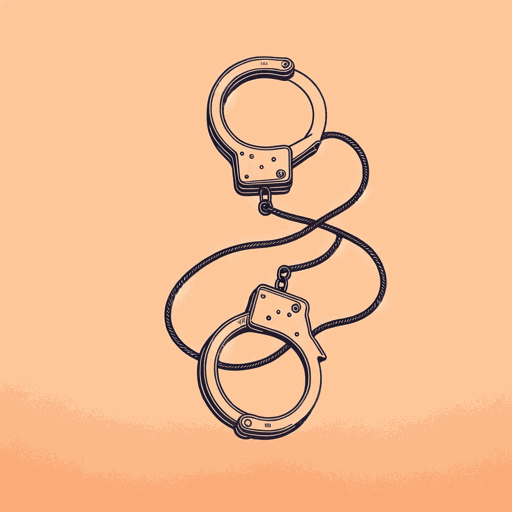57 pages • 1 hour read
Jon KrakauerWhere Men Win Glory: The Odyssey of Pat Tillman
Nonfiction | Biography | Adult | Published in 2009A modern alternative to SparkNotes and CliffsNotes, SuperSummary offers high-quality Study Guides with detailed chapter summaries and analysis of major themes, characters, and more.
Summary and Study Guide
Overview
Where Men Win Glory: The Odyssey of Pat Tillman is a nonfiction book published in 2009 by the American journalist Jon Krakauer. It details the true story of Pat Tillman, a professional American football player who left his sports career to enlist in the army after the terrorist attacks of September 11, 2001. In 2004, Tillman died in Afghanistan as a result of friendly fire. Krakauer is known for his Outside magazine articles and several books adapted from them, including an account of the 1996 Mount Everest disaster Into Thin Air and Into the Wild, an investigation of the mysterious death of Christopher McCandless in a remote part of Alaska. For this book, Krakauer drew on Tillman’s personal journals and letters, as well as interviews with his family and the soldiers with whom he served.
Summary
At the time of publication, the public was aware of the basic facts of Tillman’s story. He had a multimillion-dollar NFL contract as a safety for the Arizona Cardinals but walked away from athletic glory for another kind of glory: He enlisted in the Rangers, an elite Army unit, after the events of 9/11. Unfortunately, he was killed in eastern Afghanistan on April 22, 2004. Tillman’s commanders and high-up officials in the Bush administration claimed that he died as a result of enemy fire. Later reports show that the administration tried to suppress the truth: He was accidentally killed by fellow soldiers.
Tillman’s early athletic prowess at baseball gave him the confidence to pursue a professional career in football. Part of his later decision to trade the NFL for the Army stemmed from a family tradition of military service. Tillman’s great-grandfather served at Pearl Harbor. Tillman’s younger brother Kevin also enlisted to join the Rangers alongside him. Tillman considered his current course in life “shallow” and “no longer important.” He believed that serving in the military was both his duty and the way to a more meaningful life.
However, Krakauer notes that Tillman’s notions of honor and duty may have been a veneer for male aggression, adding that Tillman might just as easily have pursued those virtues by protesting the war—which Krakauer rails against as nothing more than an illegal “imperial whim.” Still, Tillman actively avoided public recognition for enlisting, refusing media requests for interviews and stating to a friend that if he were killed, he didn’t want to be paraded through the streets like a hero.
Tillman didn’t get that wish: In 2004, when he was accidentally killed by his own platoon in a panic, the government moved quickly to cover up the truth of the circumstances. The next day, the White House released a tribute that painted Tillman as a fallen hero. His battalion falsified eyewitness accounts of Tillman’s death to grant him a posthumous Silver Star, the U.S.’s third-highest award for military valor. They claimed Tillman died charging uphill toward enemy soldiers in an attempt to cover for men caught in an ambush.
Krakauer is careful to provide context for the cover-up: While American support for the Iraq War was initially been strong, the tide was turning by the time of Tillman’s death. Iraq’s much-discussed weapons of mass destruction were nowhere to be found. News broke on the abuse of Iraqi prisoners at Abu Ghraib. Desperate to find a way to rekindle support for the military and the war in general, the Bush administration provided a false narrative of Tillman’s death.
As Krakauer’s research shows, the cover-up surrounding Tillman’s death is not unique. A similar fabrication occurred with Private Jessica Lynch in 2003. She was injured in a Humvee crash and taken to a civilian hospital by Iraqi forces, prompting a rescue by a Special Ops team. However, that story was twisted into one that depicted Lynch blazing into battle with an M16, killing terrorists left and right until she ran out of ammunition and was captured. That story, too, was proven false, but the lie already entered the public imagination and remained there, even after the truth came out. Krakauer suggests the administration hoped for the same outcome with Tillman.
He also notes that the military’s reluctance to own up to instances of “friendly fire.” The Rangers repeatedly lied and covered up the truth. Even in 2007, when the truth came out, the Army would only say that Tillman was “probably” killed by friendly fire, and Secretary of the Army Pete Geren continued to claim there was no evidence of a conspiracy to cover up the truth—even when facts already proved him wrong.
Related Titles
By Jon Krakauer





